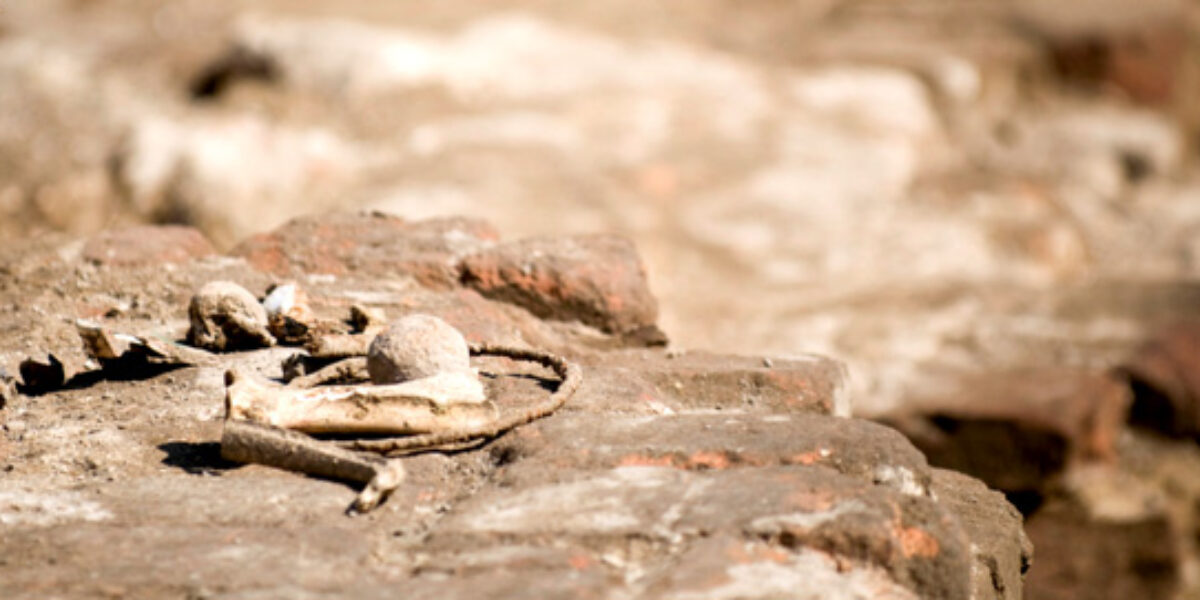What is archaeology and what does it have to do with the Bible? Find out here.
Archaeology studies past human cultures by examining the physical objects they have left behind. It includes excavating (digging) to recover objects that have been buried for long periods of time. Often, cities were built on top of ruins of older cities. Sometimes archaeologists find huge mounds that are made of debris from layers upon layers of vanished civilizations. These mounds are called “tells.” There are two basic types of artifacts that have been recovered from the “tells”: (1) objects such as buildings (houses, temples), statues, pottery, weapons, farming tools, and household utensils; and (2) the remains of written documents, including inscriptions and decaying documents consisting of little more than fragments of words.
How has archaeology affected the study of the Bible? The recovery of physical objects and written documents, especially, has greatly improved biblical understanding.
Archaeology has provided much information about the history and culture of ancient Israel and its surrounding neighbors. Archaeology has also helped us to understand the history, culture, and religion of the people who lived in Bible lands long before the Israelites settled there. The objects found have taught much about how these previous cultures and religions influenced the new settlers. The phrase “biblical archaeology” refers to archaeology related to the study of the Bible. The Bible writers were shaped by their cultural surroundings. It would be difficult to understand the Bible without some knowledge of the history and culture of the ancient Near East.




